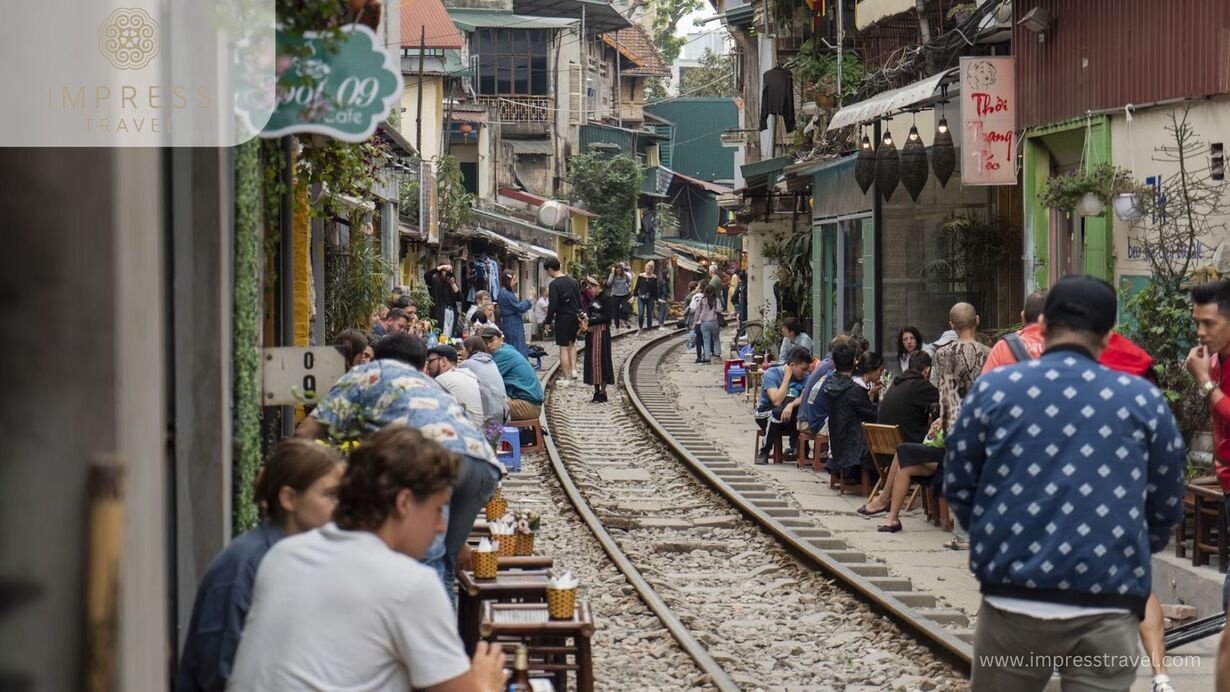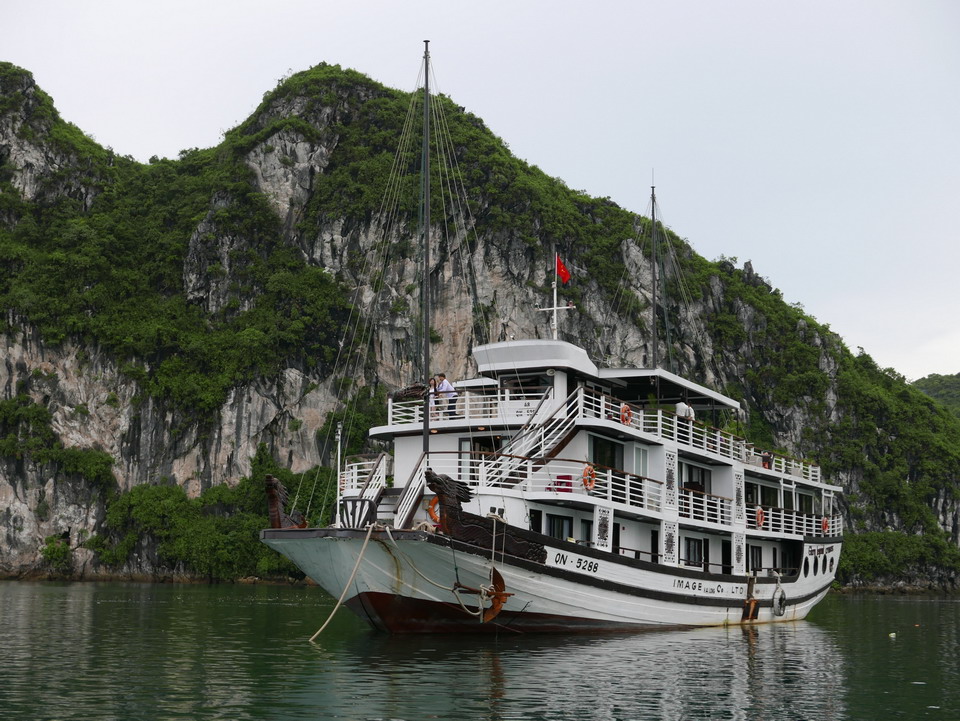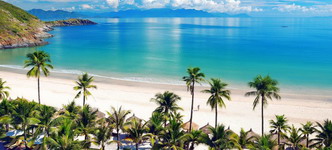The capital Hanoi has many cultural values and is a major economic center of Vietnam, so it attracts many domestic and international tourists. It is known that Hanoi has been moving towards public bicycle tours, aiming to develop a sustainable tourism city. For all information, please follow the article below.
Hanoi agreed to assign the Hanoi Department of Transport to build a public bicycle development project to implement in 5 central districts. Bicycles used to serve people include traditional bicycles and two-wheeled electric vehicles. This is a way to create more choices of transportation methods for commuters and tourists.
Initially, the project’s intended target audience were people using public passenger transportation services, students at universities and colleges in the city,… After being put into operation, Dynamically, the project was expanded when there were public bicycle tours.
Locations of public bicycles stations near tourist attractions
Public bicycle tours are a new form of urban transportation that promotes civilization, modernity, convenience, safety for users’ health and environmental friendliness. Here are some public bicycles stations near tourist attractions:
|
Public bicycles stations
|
Location
|
Nearby tourist attractions
|
|
099 – TNGo Hanoi Office Station
|
No. 446 Doi Can – Cong Vi Ward – Ba Dinh District – Hanoi
|
Ho Chi Minh Mausoleum, One Pillar Pagoda, Vietnam Military History Museum, Imperial Citadel of Thang Long,…
Hanoi flagpole, Lotte Hanoi Observatory, Quan Thanh Temple, B52 Victory Museum,…
|
|
006 – Victory Museum Station B52
|
No. 157 Doi Can – Doi Can Ward – Ba Dinh District – Hanoi City
|
|
008 – Hanoi Citadel Station
|
Opposite No. 38 Phan Dinh Phung – Quan Thanh Ward – Ba Dinh District – Hanoi City
|
|
002 – Station No. 01 Tran Huy Lieu
|
No. 01 Tran Huy Lieu – Giang Vo Ward – Ba Dinh District – Hanoi City
|
|
041 – Station 187C Giang Vo
|
No. 187C Giang Vo – Cat Linh Ward – Dong Da District – Hanoi City
|
Quoc Tu Giam Temple, Linh Ung Pagoda, Ha Noi station,…
|
|
047 – Station No. 70 Nguyen Chi Thanh
|
No. 70 Nguyen Chi Thanh – Lang Thuong Ward – Dong Da District – Hanoi City
|
|
052 – Cat Linh Metro Station
|
Ho Hao Nam Sidewalk – Lang Ha Ward – Dong Da District – Hanoi City
|
|
032 – Station No. 380 Lac Long Quan
|
No. 380 Lac Long Quan – Xuan La Ward – Tay Ho District – Hanoi City
|
Tran Quoc Pagoda, Phu Tay Ho, Quan Thanh Temple,…
|
|
033 – Station No. 713 Lac Long Quan
|
No. 713 Lac Long Quan Street – Xuan La Ward – Tay Ho District – Hanoi City
|
|
035 – Truc Bach Lake Station
|
Near Thanh Nien Street Bus Station – Thuy Khue Ward – Tay Ho District – Hanoi City
|
|
062 – Station No. 32 Ly Thuong Kiet
|
No. 32 Ly Thuong Kiet – Hang Bai Ward – Hoan Kiem District – Hanoi City
|
Hoan Kiem Lake, Hanoi Opera House, Quoc Tu Giam Temple,…
|
|
065 – Flower Garden Station 8/19
|
Opposite No. 6 Phan Chu Trinh – Trang Tien Ward – Hoan Kiem District – Hanoi City
|
|
069 – Ly Thai To Flower Garden Station
|
Opposite No. 02 Le Thach – Trang Tien Ward – Hoan Kiem District – Hanoi City
|
The table above is some public bicycle stations near famous tourist destinations in Hanoi. In addition, Hanoi has many other bicycle stations to serve a large number of tourists participating in the bicycle tour experience.
Where to visit public bicycles in Hanoi?
In public bicycle tours, visitors will experience many different itineraries. Many tourists choose half-day tours, 4-hour tours, 1-hour tours,… Below is a featured itinerary for a great public bike experience in Hanoi:
Hanoi Old Quarter

The Old Quarter
The first stop on this journey will be Hanoi Old Quarter. First of all, the group will be picked up by the tour guide at the hotel or somewhere the group of tourists chooses to depart. Then move to the nearest public bicycle station to rent a bike.
The Old Quarter is located west and north of Hoan Kiem Lake, including 36 streets. The old town is limited from the North to Hang Dau Street, to the West is Phung Hung Street and to the South are streets such as: Hang Gai, Cau Go, Hang Bong and Hang Thung, and finally to the East is Tran Street. Nhat Duat and Tran Quang Khai.
To get to Hanoi Old Quarter, tourists will often go through many other streets of Hanoi. Through this, guests can feel the rhythm of life of the people here and feel the fresh air in the morning. The road into Hanoi’s Old Quarter is not too crowded with noisy cars, so visitors can feel the ancient peace of the street.
Long Bien Bridge

Long Bien Bridge
Long Bien Bridge witnessed the image of the last French soldiers withdrawing from Hanoi. During the resistance war against the US, the bridge played an important role in supplying supplies to the southern battlefield. Therefore, the bridge has become a key bombardment point for the US Air Force with many bombings.
West Lake

West Lake
After that, visitors will cycle along West Lake and experience the beautiful scenery on Thanh Nien Street. This is where you can most clearly see the bustle of the new Hanoi, completely different from the antiquity of the old Hanoi. Also at that location, visitors can easily reach other attractions such as Huu Tiep Lake in Ngoc Ha Flower Village, where the US B-52 plane was shot down,…
Ba Dinh Square

Ho Chi Minh Mausoleum from afar
The next point of the journey is Ba Dinh Square located west of Hanoi’s ancient citadel gate. This is not only a destination for domestic tourists but also a place popular with the majority of international visitors when coming to Hanoi. This is truly a destination not to be missed on your journey to visit the capital of Vietnam.
On the route to Ba Dinh Square, visitors also pass through a number of other prominent tourist attractions. For example, Hanoi Flagpole, Hanoi Opera House, Thang Long Imperial Citadel, Ho Chi Minh Mausoleum, Tran Quoc Pagoda, Truc Bach Lake,…
Reunification Train Street

Train Street
The last stop of the public bicycle tour is Reunification Train Street. This is the best place for visitors to experience Hanoi in its busier, more interesting side. Tourists will enjoy egg coffee and watch the train pass by before returning to the hotel. End of the half-day journey to experience public bicycle in Hanoi.
This neighborhood is not for cars but only allows pedestrians, bicycles, motorbikes and trains to pass through. Because of the narrow area, people’s daily activities take place both outside and on the train tracks such as drying clothes, cooking rice, washing dishes… All activities take place in the safe corridor area rail.
Are public bicycle tours in Hanoi worth it?
The purpose of developing public transportation is to give people more choices and more convenience when using public transportation, reduce environmental pollution and be a new way to experience tourism in the city.
With this type of convenient vehicle, users can choose mechanical bicycles or electric bicycles. It is important that visitors need to equip and bring a smart mobile phone with 3G or 4G.
First, users need to download and install the TNGo app on Google Play or Store to their smartphone. Then register an account (if using for the first time) or log in (if you have used it before). Next, users need to deposit money to be able to use the service (the deposit amount needs to be greater than 10,000 VND) and money after depositing into the application cannot be withdrawn.
All tasks such as unlocking and locking the car just need to scan the QR code right at the car lock. For 5,000 VND, you can use the car for 30 minutes. After 30 minutes, the fare will be 1,000 VND/the next 6 minutes. In addition, there are group tickets to accommodate large groups. You only need one account to rent multiple cars. Thus, the cost for this form of tourism is extremely economical.
It is also a similar sightseeing itinerary in Hanoi with other ways of traveling. Instead of having to pay high fees for double-decker buses, taxis, passenger cars, etc., tourists absolutely choose public bicycles. With this form, tourists can proactively go wherever they want, stop wherever they like, and stop for as long as they want.
Furthermore, there are many tourist attractions in Hanoi that have limited access, so having a compact public bicycle is very reasonable. In addition, if you choose a bicycle that uses power to pedal, visitors can both exercise and not be afraid of running out of electricity at any time. At a low cost, they can visit many places. So it is completely worth participating in this experience.
Conclusion
Public bicycle tours are the first step in being responsible to nature and the community. With this method, tourists will contribute to reducing emissions from fuel-powered vehicles into the environment. Not only that, this form of tourism can help visitors experience visiting famous places in Hanoi, feel the rhythm of life here, but also practice flexibility through cycling.
Hopefully the information in the article has helped visitors have more options to choose from in transportation methods in Hanoi. At the same time, we also understand more about the project’s environmental protection message. Don’t forget to follow Impress travel’s Facebook and Website to update more useful information during your travel experience.














































































